Mum and I had already explored a fair chunk of Tuscany before we arrived in Siena. We’d spent four nights in the iconic Tuscan capital of Florence, and taken day trips out to the photogenic hill town of San Gimignano and the charming walled city of Lucca.
But I knew almost as soon as we arrived into Siena that Italy’s best-loved region still had something a little bit special left to show us.
It began at the moment we checked into Hotel Alma Domus and the owner informed us that the view from our room was,
“one of the best in the city.”
We didn’t actually believe him until we opened the shutters to our balcony and gazed out across the valley to Siena’s crowning glory: its Duomo (cathedral).
With a little sunshine and some blue skies, it would have been absolutely perfect.
Woodsmoke rose from the chimneys of the terracotta-tiled rooftops, and below us was a tangled web of tall buildings, narrow streets, and stepped alleyways that was begging to be explored.
Photo by Denis Korablev via Flickr
What I hadn’t realised when I factored a two-night stay here into our 7-night Tuscany itinerary was just how hilly Siena is. Don’t get me wrong, I love hills. I love climbing them, I love the views from the top of them, and a city that’s built over a series of hills? Well that’s just my idea of urban adventure heaven.
However my mum is not such a fan. She loves the beauty of hills but she’s not so keen on (or physically capable of) navigating her way around a city that’s full of them.
Fortunately, because our hotel was located towards the top of the city (hence the great views), we didn’t have to climb any of these hills in order to get to and from the bus station with our luggage in tow. And the route to both Siena’s Duomo and its Piazza del Campo (the two major sights to be found here) didn’t involve too much of a strenuous workout either.
In fact, the hotel was pretty damn near perfect in every way. The location couldn’t have been better, the views were incredible, the £50 per night room price included an enormous buffet breakfast every morning, our room was comfortable and cosy, the wifi worked in our room, and there was an amazing Italian restaurant literally across the road (we loved it so much we ate there twice!).
What’s more, the building itself is actually part of the ancient compound containing the Sanctuario di Santa Caterina (Sanctuary of Saint Catherine), which is owned by the church, and is apparently still home to several Dominican nuns. Yes, to top it all off, we were sleeping in an old convent! How’s that for authenticity?
Photo by Hotel Alma Domus Siena via Flickr
And no, my stay was not in any way sponsored; I paid full price for the room and would happily do so again.
If you would like to book Hotel Alma Domus, the cheapest price I found was through booking.com. If you use this link then I’ll get a small (and I mean small!) commission at no extra cost to you.
Fortunately mum loved both the hotel and Siena as much as I did, and we enjoyed a lovely couple of days in the city.
Siena is built on a far less daunting scale than Florence, so it’s really easy to explore the best of it in just a day (although I guarantee you’ll want to stay longer), and you’ll find a whole ensemble of beautiful Gothic architecture (built between the 12th and the 15th centuries) inside the city walls. This is one of the major reasons that the whole of the city’s historic centre was declared a World Heritage Site by UNESCO in 1995.
When you first arrive in Siena, the best thing to do is head down to Siena’s main square, the Piazza del Campo. This is both the physical and spiritual heart of the old city and is where all streets branch out from.
Arguably one of Italy’s loveliest squares, and unique in its sloping shell-shaped design, Il Campo provides the setting for the famous Palio bareback horse race, which takes place twice a year on the 2nd of July and the 16th of August.
Its centrepiece is the Palazzo Comunale, a 13th century Gothic building that boasts the tallest tower in all of Tuscany. Torre del Mangia (pronounced “Manja”) stands 102 metres above Siena’s Piazza del Campo and – even on a cloudy day – the views from the top are incredible.
And if you’re wondering where the rather odd name (“Mangia” means “eater”– therefore “Torre del Mangia” translates as “Tower of the Eater”) comes from then I’ll explain. The first person hired to ring the tower’s bells was a gentleman called Giovanni di Balduccio, who earned himself the nickname of Mangiaguadagni – meaning “profit eater” – due to his tendency to squander his earnings on the pleasure of food. I guess “Torre del Mangiaguadagni” would have been a bit of a mouthful, so somewhere in the distance of time the name got shortened to Mangia.
The tower was built to be exactly the same height as Siena’s Duomo (which you can capture a fantastic photograph of from the top) as a sign that the church and the state had equal amounts of power.
Continue your explorations of Siena by heading to its iconic Romanesque-Gothic Cathedral. Built between 1215 and 1263, its exterior – like many of Florence’s masterpieces – is constructed of white and greenish-black marble in alternating stripes. Over the years many of Italy’s great artists (including Michelangelo and Donatello) have contributed to its construction and design.
Its facade is beautifully detailed, with the addition of red marble and golden mosaics. I can imagine that if you are lucky enough to gaze upon it bathed in the subtle light of the late afternoon sun, it really is one of the most beautiful buildings in the whole of Tuscany.
From the Duomo you can drop down on to Via di Città, where you can taste-test what is reportedly the best coffee in Siena at the historic Caffè Fiorella (standing room only though!) before continuing on to Via Banchi di Sopra, a wide promenade lined with shops, cafes and restaurants.
You’ll be doing well if you manage to resist the temptation to have a browse; we weakened as soon as the lure of free chocolate presented itself. I’m not a huge chocolate fan but the cappuccino cookies at Nino and Friends were lush and the nougat was to die for.
Half the way along Via Banchi di Sopra is Piazza Tolomei, where you’ll find one of the oldest buildings in the city: the imposing 13th century Gothic-style Palazzo Tolomei. Also located here is the world’s oldest surviving bank, Monte dei Paschi, which has been open for business since 1472. Wow!
Continue to the northern end of Via Banchi di Sopra and you’ll reach Piazza Salimbeni, dominated by the 14th century Palazzo Salimbeni. The impressive fortress was once home to the Salimbeni family before being passed to the council in 1419. It now houses the main offices of the Banca Monte dei Paschi.
The statue you see here is Sallustio Bandini, a Sienese priest and one of the first Italian economists.
From Piazza Salimbeni it’s possible to follow Via della Sapiens all the way to the Basilica Cateriniana San Domenico. The Gothic style red-brick church occupies an elevated position on the opposite side of the valley to Siena’s Duomo.
Whilst it’s not overly impressive inside (several fires in the 15th and 16th centuries destroyed much of the interior, and military occupation between 1548-1552 resulted in further damage), it’s an important feature of the city’s landscape and you should definitely visit as much for the views from the church’s grounds, as for the building itself.
And if you’re thinking the view looks familiar, well that’s because you’ve already seen it from our hotel balcony (the Basilica Cateriniana San Domenico was literally one street uphill from Hotel Alma Domus, with an almost identical outlook from its grounds), but the clouds had cleared by the time I shot this one.
End your first day (because you will want to stay longer than just one day) with a meal at Pizzeria Di Nonno Mede. This restaurant is located literally opposite Hotel Alma Domus, and considering how expensive eating out in Tuscany can be, the prices here are really reasonable.
That’s the primary reason we decided to eat here, but once we were inside we also found an atmosphere that was relaxed, informative, and authentic (with garlic and chillies hanging from the ceiling and old maps and photos adorning the walls), staff who were polite and attentive, and (most importantly) food that was AMAZING!
On our second day in Siena, as we were travelling back to the city following our half-day tour around the Montalcino wine region, we asked our guide if he could recommend anywhere to eat that evening. We were already contemplating returning to Nonno Mede but wanted to know whether there was anywhere else we should try before we left.
Of all the restaurants in Siena (there are 429 listed on Trip Advisor alone), guess which one our guide recommended?
Yep, we were going back to Nonno Mede!
Now I appreciate that we did specify a preference for somewhere “not too expensive” (which probably rules out a large chunk of Siena’s restaurants), but I still think that a recommendation from a local counts for a lot.
Top tip: Try the trio of smoked fish or the pici (a type of pasta local to the area) with pecorino cheese (again, local to the area) and black pepper.
Once you’ve explored all of Siena’s major sights, the following day(s) should be spent simply wandering the city’s streets and climbing up and down its many hills. Obviously mum wasn’t keen on this idea, but she was quite happy to while away a few hours in a piazza-facing cafe with a coffee and a good book, whilst I did so.
Practical tips for visiting Siena
- If you’re coming from Florence (as we were), you can take a direct bus that makes a stop in Poggibonsi (where you change for San Gimignano) . You can find the timetable here.
- Whilst I can thoroughly recommend Hotel Alma Domus as an amazing place to stay in the city, there are a huge number of accommodation options in Siena to choose from, if you fancy having a browse. We found that booking.com offered the largest choice and best prices overall.
- If you need to get to Siena’s train station to make your onward journey to Pisa, bus numbers 3 and 10 will get you there. They leave from the bus station next to Piazza Antonio Gramsci. Grab a coffee at Café La Lizza while you wait.
If you like this article, please share it on social media using the share buttons at the top of the post. Alternatively you can follow along on Facebook, Twitter, or Google+ or you can look me up on Instagram or Pinterest too!
**Some of the links in this post are affiliate links. All this means is that if you make a purchase through one of the links I have provided, I will earn a small commission as a result but the cost to you will remain exactly the same**


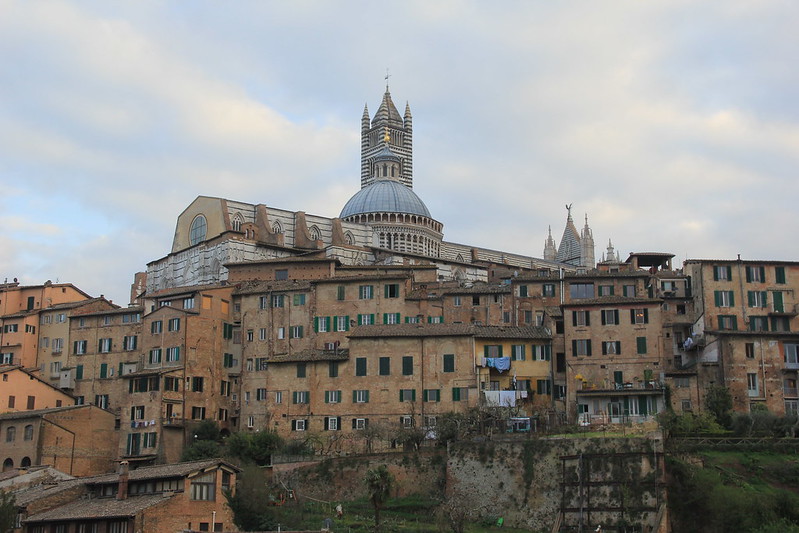
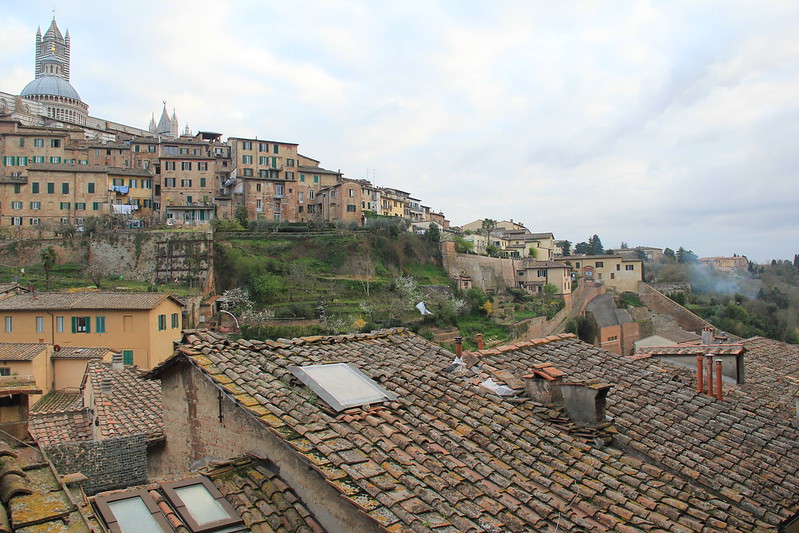


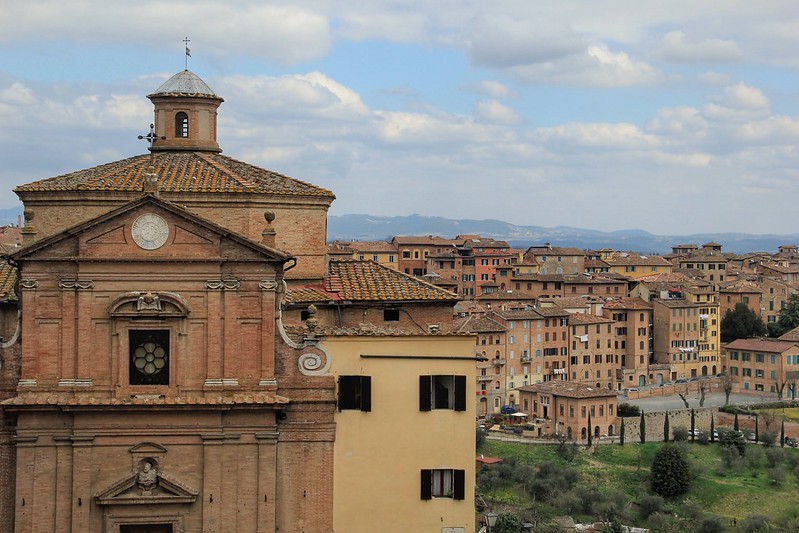
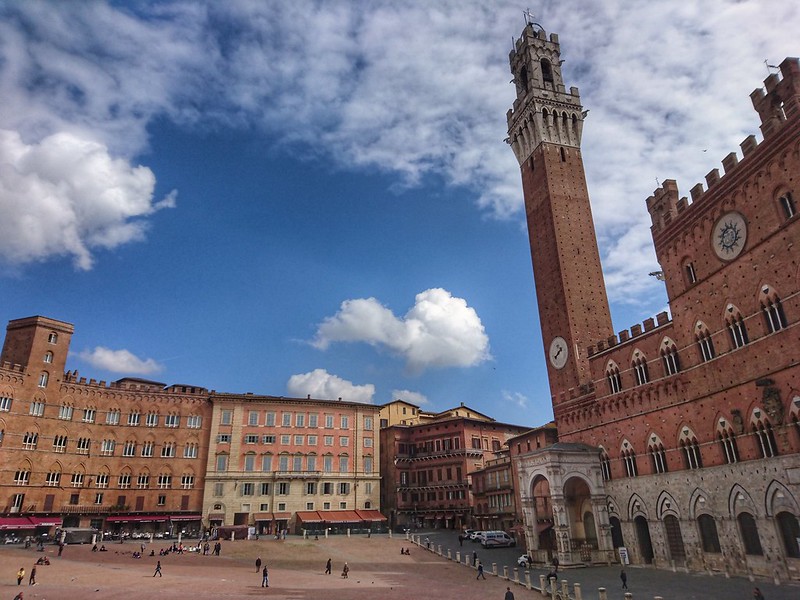
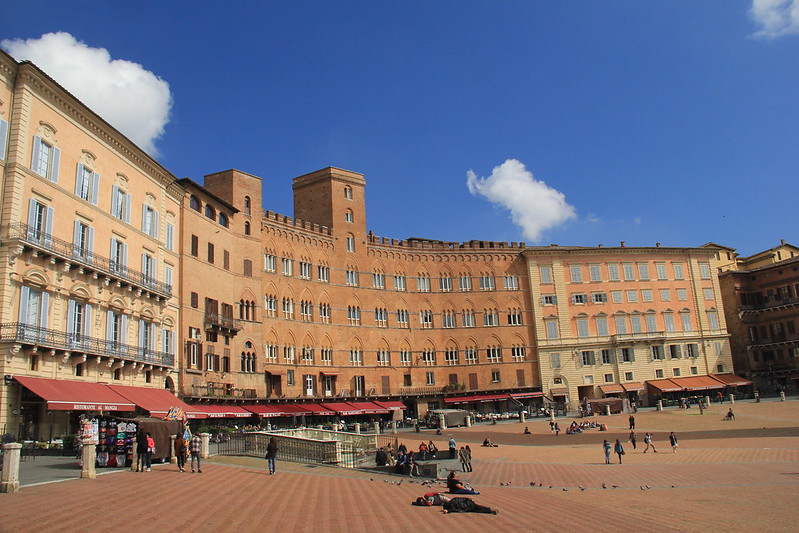




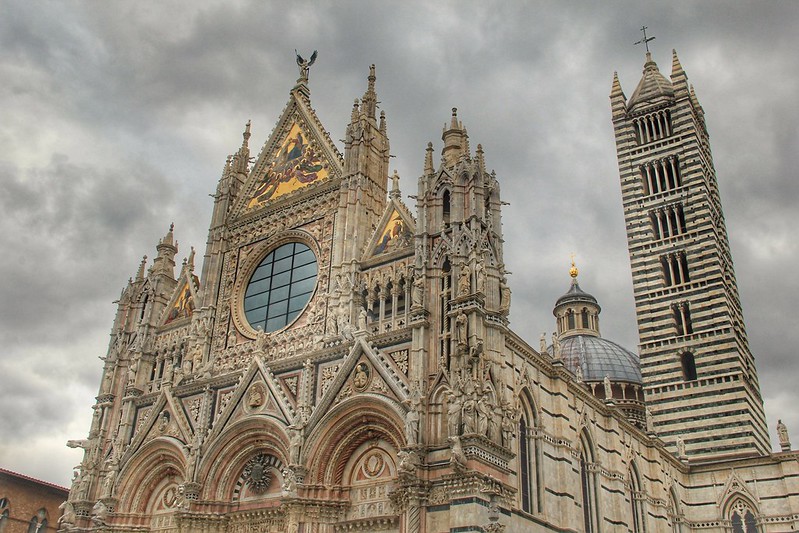
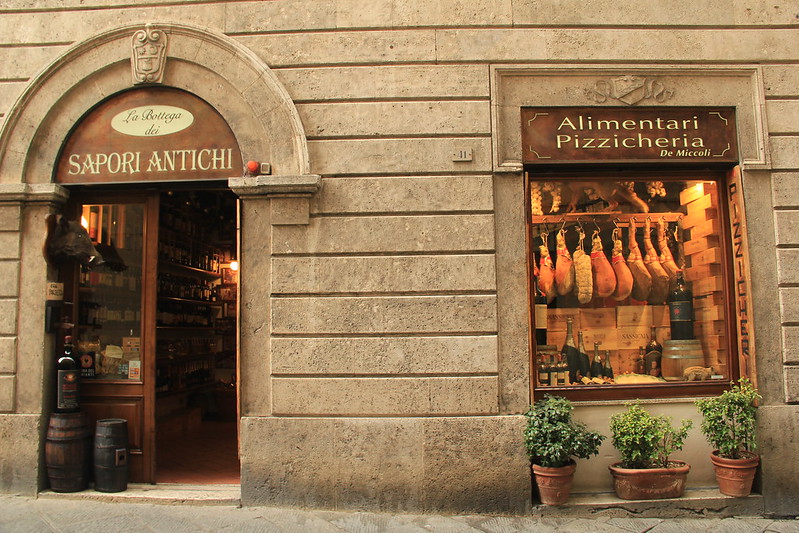

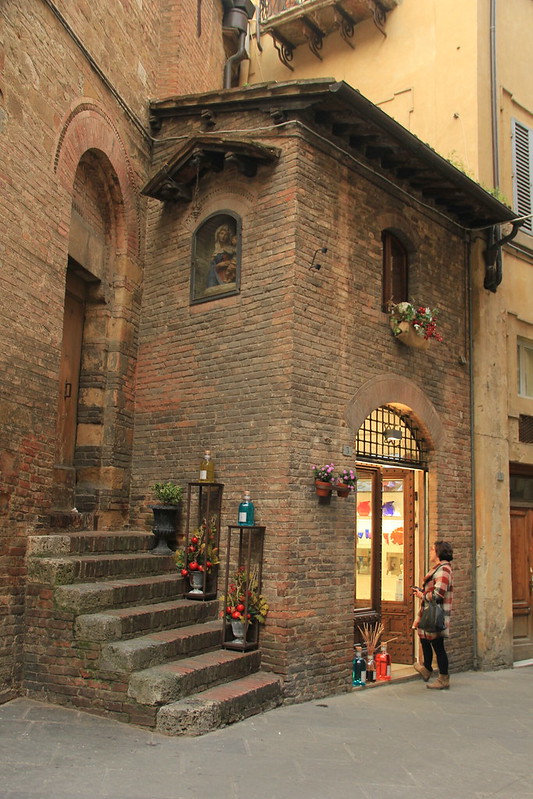

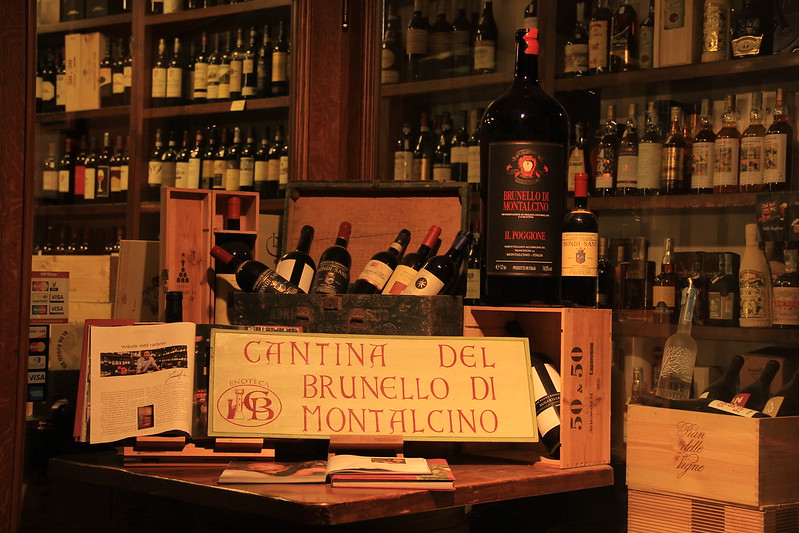


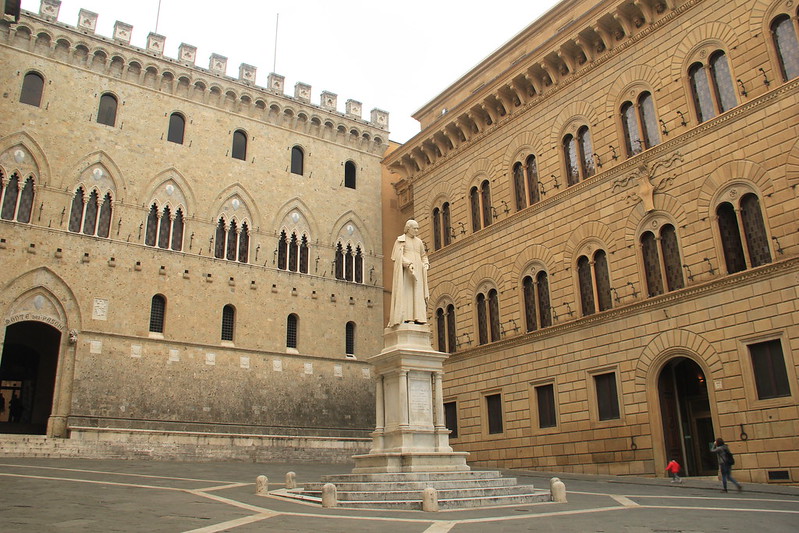
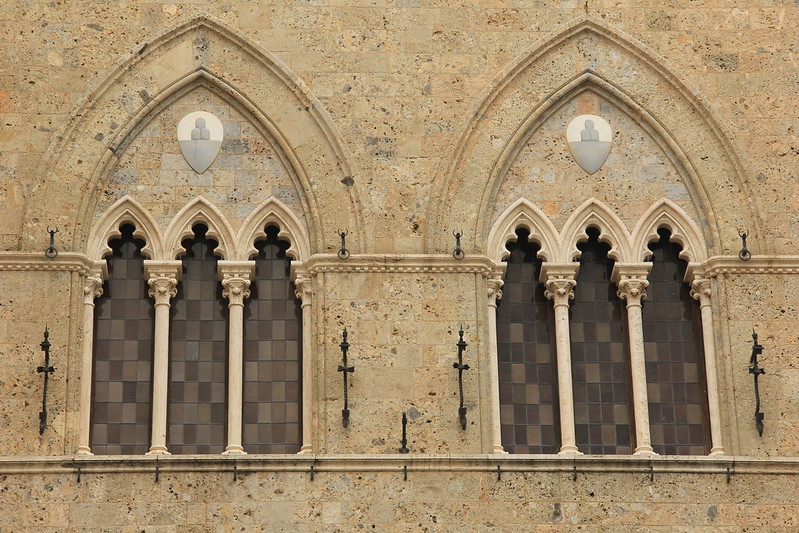
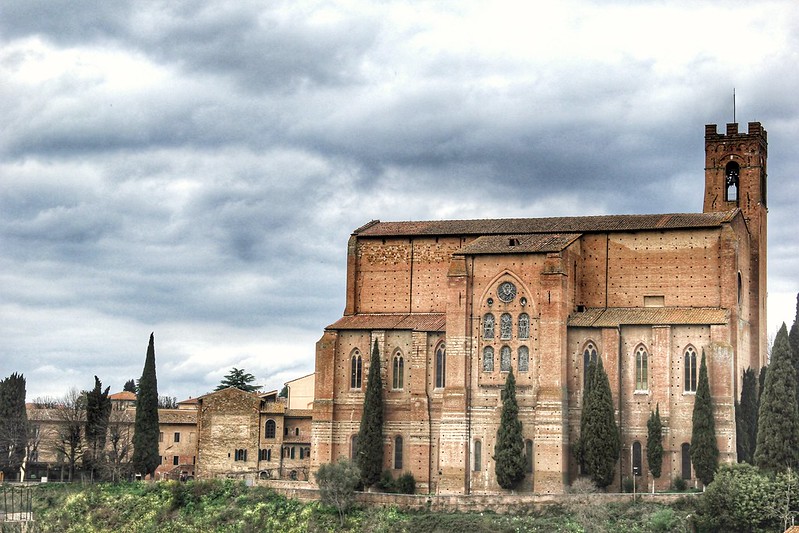
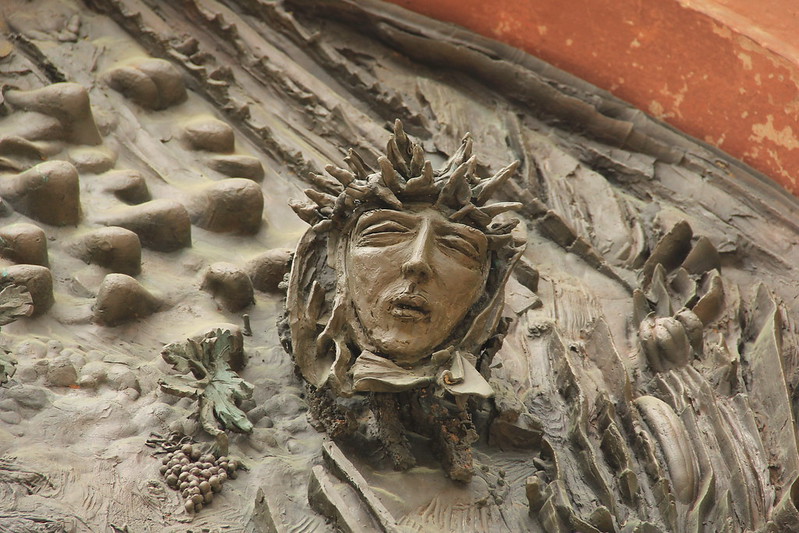



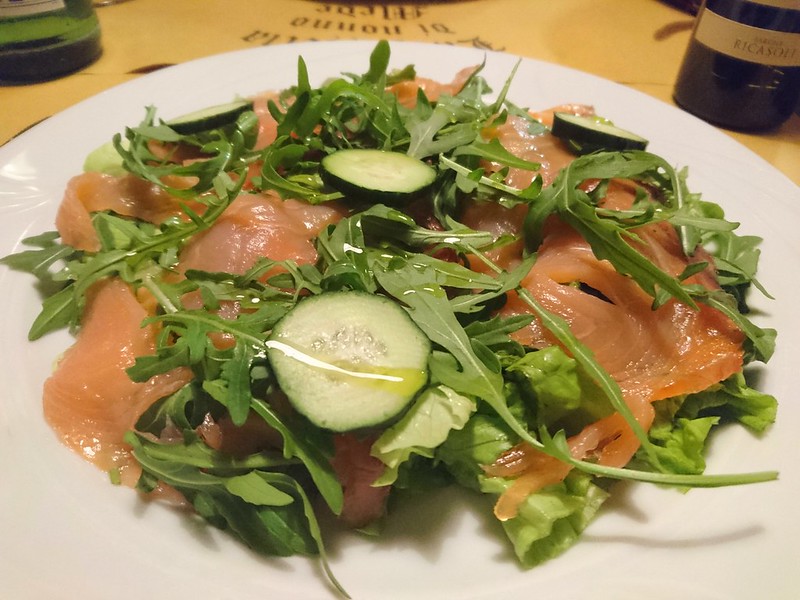

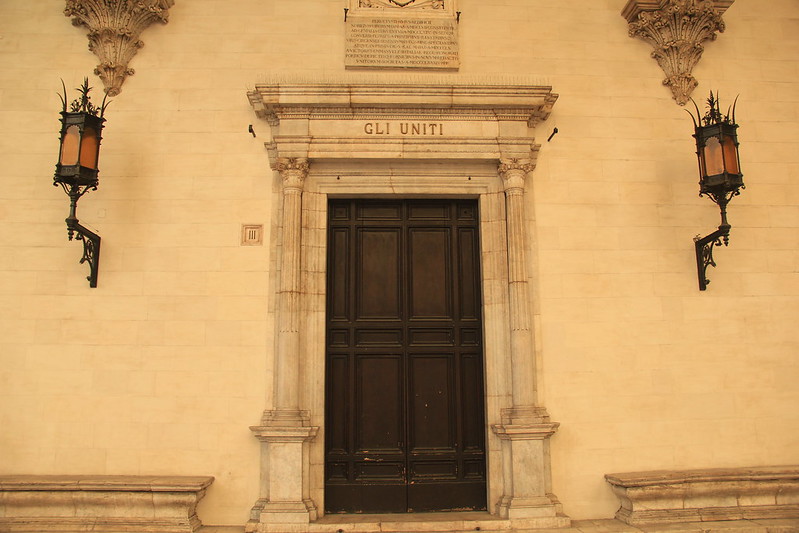
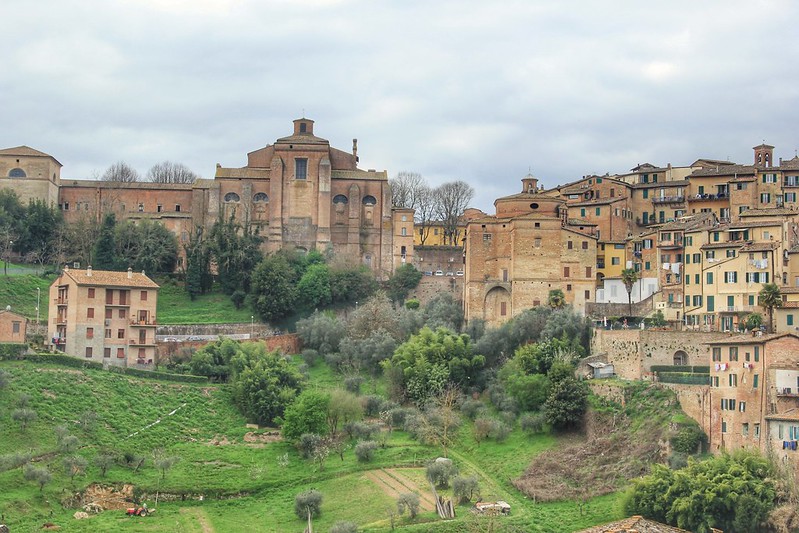
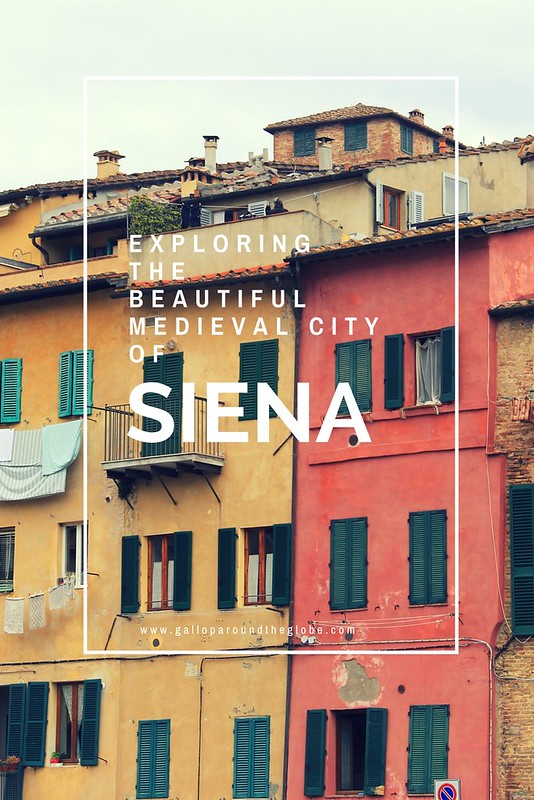






4 Comments
This is so great! I loved Siena and your post makes me want to visit again… great tips on local foods to eat too. Your photos are beautiful!
Thanks Danielle 🙂 It was actually our guide on a wine-tasting tour we took who introduced us to pecorino cheese and suggested we try pici too. Definitely a couple of great recommendations!
A great comprehensive guide. Love the old architecture, looks beautiful.
Thanks David! Yeah the architecture in Siena was stunning, I loved all the Gothic-syle buildings 🙂